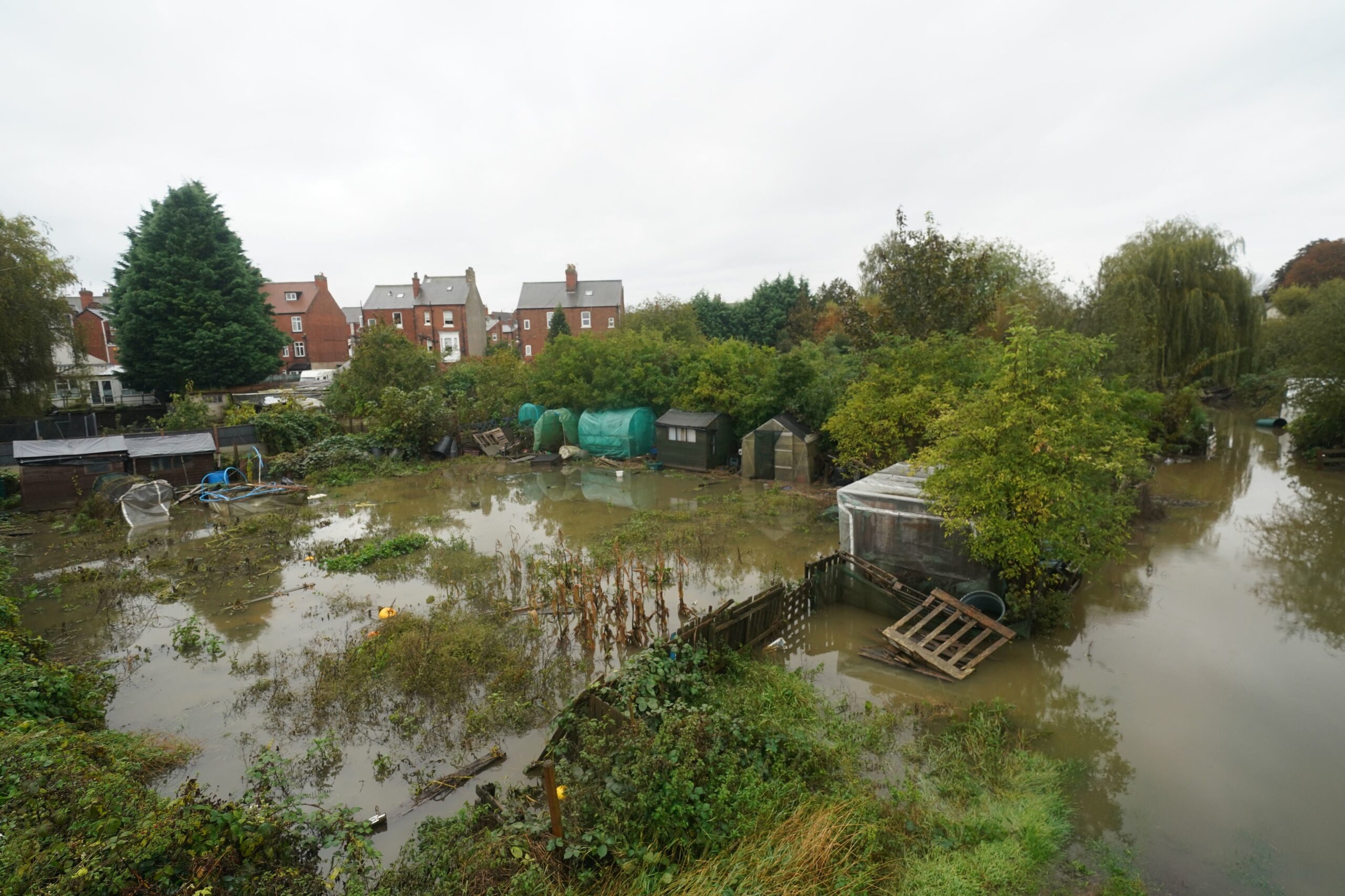“We were in connection directly with the universe, with the sun, with the moon, and we are so humble to see that.”
Minutes after the moon blotted out the sun for 90 surreal seconds on an island in the St Lawrence River, Olivier Hernandez, director of the Montreal Planetarium and a noted astrophysicist, was almost in tears.
“It was so emotional. I was about to cry. Did you see the corona? Did you see the purity of the light coming out from the sun? We have seen also the chromosphere.
“Wow, what a show, what a show.”
In the Great American Eclipse of 2024, Montreal was the star turn that no one had predicted. Most astronomical attention along the “zone of totality” was focused on Texas and the Midwest, with Niagara Falls also hoping for clear skies over one of the world’s great tourism icons.
In the end, though, the corrugated skyline of Canada’s biggest French-speaking city supplied the backdrop to an astronomical show that was summed up again and again as extraordinaire.
On an unseasonably warm, bright day, eclipse hunters and local people converged on Parc Jean Drapeau on the Ile Sainte-Hélène for what was billed as the Eclipse of the Century. Snow was still lying on the ground, and some early arrivals fashioned a snowman with a pine cone for a nose and moss for his scarf.
DJs and a concert orchestra provided the warm-up for a crowd estimated at between 200,000 and 400,000. Several wore T-shirts showing the iconic Pink Floyd album cover for Dark Side of the Moon, and a computer science student named Sam brought a colander in order to observe the partial eclipse through its perforated shadow.
The moon began to nibble at a corner of the sun at 1414 local time [GMT 1814]. During the next 72 minutes, the air chilled as the sky darkened into an increasingly eerie gloom. Gulls swooped skittishly above the crowd.
Even with 99 per cent of the surface of the sun obscured by the moon, the spectacle could be viewed only through special glasses that block out 99.99 per cent of visible light.
Suddenly, at 1526 [GMT 1926], the whole city was plunged into darkness – and Montreal’s citizens celebrated the great cosmological coincidence with a chorus of screams, whoops and applause. So this is what awe sounds like.
Just a few miles away to the west, the horizon glowed as though dawn was breaking on the wrong side of the world: Montreal lay very close to the edge of the zone of totality. But all eyes were transfixed by the corona of the sun – the burning gases that are visible only during a total solar eclipse.
“It’s just completely mind bending how beautiful it is,” said astrophysicist Jonathan Gagné. “It’s so rare in astronomy that we can actually see something with our own eyes.”
Mr Gagné viewed the spectacle with his daughters. He delighted in “seeing like their amazement in their eyes as well as mine”.
They may be around the next time the province of Quebec hosts a total solar eclipse, on 3 May 2106 – an auspicious day on which the weather could turn out even better.
Yet most of us will settle for the indelible memory of a day when humanity in all its colourful, Canadian diversity convened for an appointment with the universe.
Rebecca Salomon, weather reporter for Meteo Media, was on her first assignment to cover a total solar eclipse.
She summed up the cosmic climax: “Everybody is so cheerful. It’s a perfect day.”
Source: independent.co.uk



